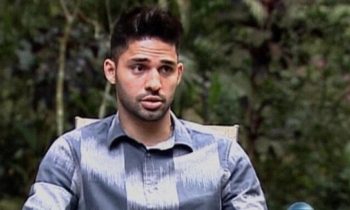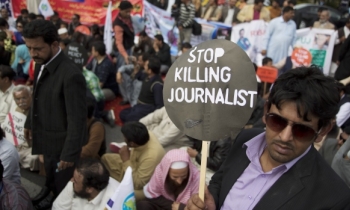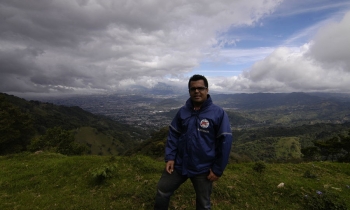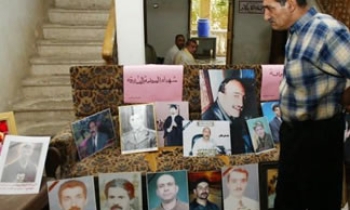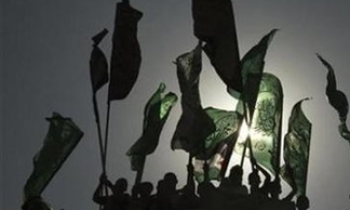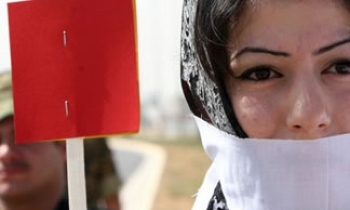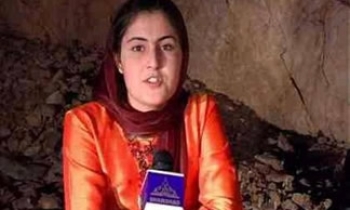The broadcast media’s coverage of the recent terrorist attack in Mumbai seemed like a badly produced reality television show, at times aping soap queen Ekta Kapur’s serials.
The 24-hour news channels tried to assume every possible role during those 72 hours: from counter-terrorism strategists dishing out tactics to policy advisors doling out prescriptions. Sadly, they abandoned their roles as reporters.
Time and again, television journalists were getting things wrong. With the military top brass being either as clueless as everyone else or pretending to be clueless for tactical reasons, the journalists were jumping the gun and misleading the viewers with their speculation about the number of terrorists, the number of people taken hostage, and the stage of assault. Things were so farcical that one would have expected the head of NSG saying on air: “I’m not sure how many terrorists are there and in which floor — but Barkha (Dutt of NDTV) tells me there are 6-7 terrorists lurking in the fourth floor.” The question no channel head paused to think was — whether there was enough happening to warrant a minute-by-minute continuous coverage? From novice reporters used to covering Mumbai elite’s shenanigans, ‘experienced’ senior journalists to studiobased news-readers and anchors — everyone was at loss when it came to filling up 72 hours of TV time when nothing was happening and whatever was happening was out of bounds to cameras. It was like the plight of a T-20 cricket commentator finding himself out of depth when forced to give commentary for a snail-paced Test match.
The first casualty of a terrorist attack was journalistic objectivity. Sober and dispassionate reporting was conspicuous by its absence. Reporters were visibly moved by the destruction of luxury hotels, which were dubbed as icons.
And obviously overawed were they by the heroism of soldiers that they glorifying their bravery and martyrdom.
All this without even being embedded with the NSG.
Channels competed with each other in jingoistic reporting and commentary. Times Now, for instance, was indeed a shade worse than Fox News. Unable to comprehend the complexities of security and socio-political realities, the channels launched a tirade against the political class. Without even realising the implications, anchors were egging the chattering classes to demand a ‘tough’ militarised state.
What has irked discerning viewers was the blatant class bias of the channels and their staff. Journalist-writer Gnani Sankaran had posed the question rightly: Hotel Taj: Icon of whose India? (For the complete text of his biting criticism see http://openspace.org.in/node/808). When I referred this to a television journalist friend of mine, I was dismissed matter-of-factly saying: “Even the aam aadmis you are talking about would be interested only in Taj and its Page 3 crowd, not the faceless folks who died in CST.” Coming to the choice of quotegenerating panelists, all the usual suspects were all there: the rabblerousing Suhel Seth, socialite Shobhaa De talking-tough, the showmenfor- all-seasons/reasons Alyque Padamsee, Prahlad Kakkar and Mahesh Bhatt. Oh boy, and they all did talk — with neither knowledge nor responsibility.
Pray, where were the real experts? Where were the real Mumbaikars? While the channels have been haranguing about the lack of training and preparedness among the police, one wonders if the journalists were trained and prepared to cover crisis and trauma. BBC, for instance, has clear guidelines and training programmes for its journalists. It covered the events for 72 hours in its hourly bulletins, that were both comprehensive and balanced.
Even senior Indian journalists did not seem to have had the training and skill sets.
They were oblivious of what an ‘operational’ detail was. Often they were reckless with information and visuals that could hamper the operation.
Few followed the basic ‘do’s and don’ts’ of reporting terror attacks. Don’t be unnecessarily aggressive and pushy. Stay calm and speak in a dispassionate, unemotional tone.
Don’t show your own feelings or articulate your own ideas. Stick to the bare facts. If unsure, understate. Even if you’re sure, do not exaggerate and overstate. No Hyperboles, please. (Mumbai liberated, etc.) It was appalling to see top senior editors getting carried away.
It is time for the channels to evolve guidelines and codes on covering conflict and trauma. Also, the Indian government, in asso ciation with security agencies and media institutions like Press Institute, should organise training programmes for journalists on covering conflict and trauma.

